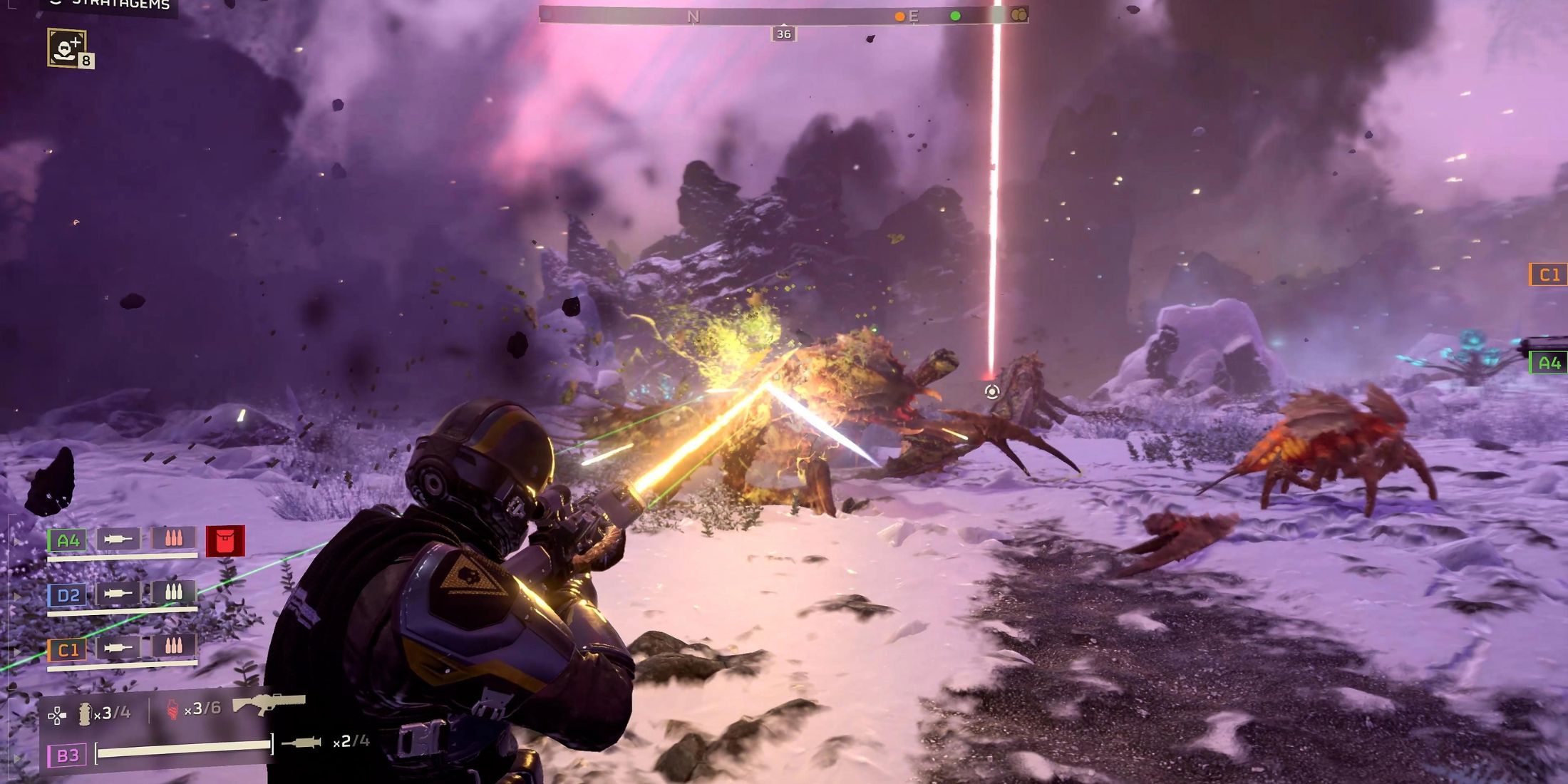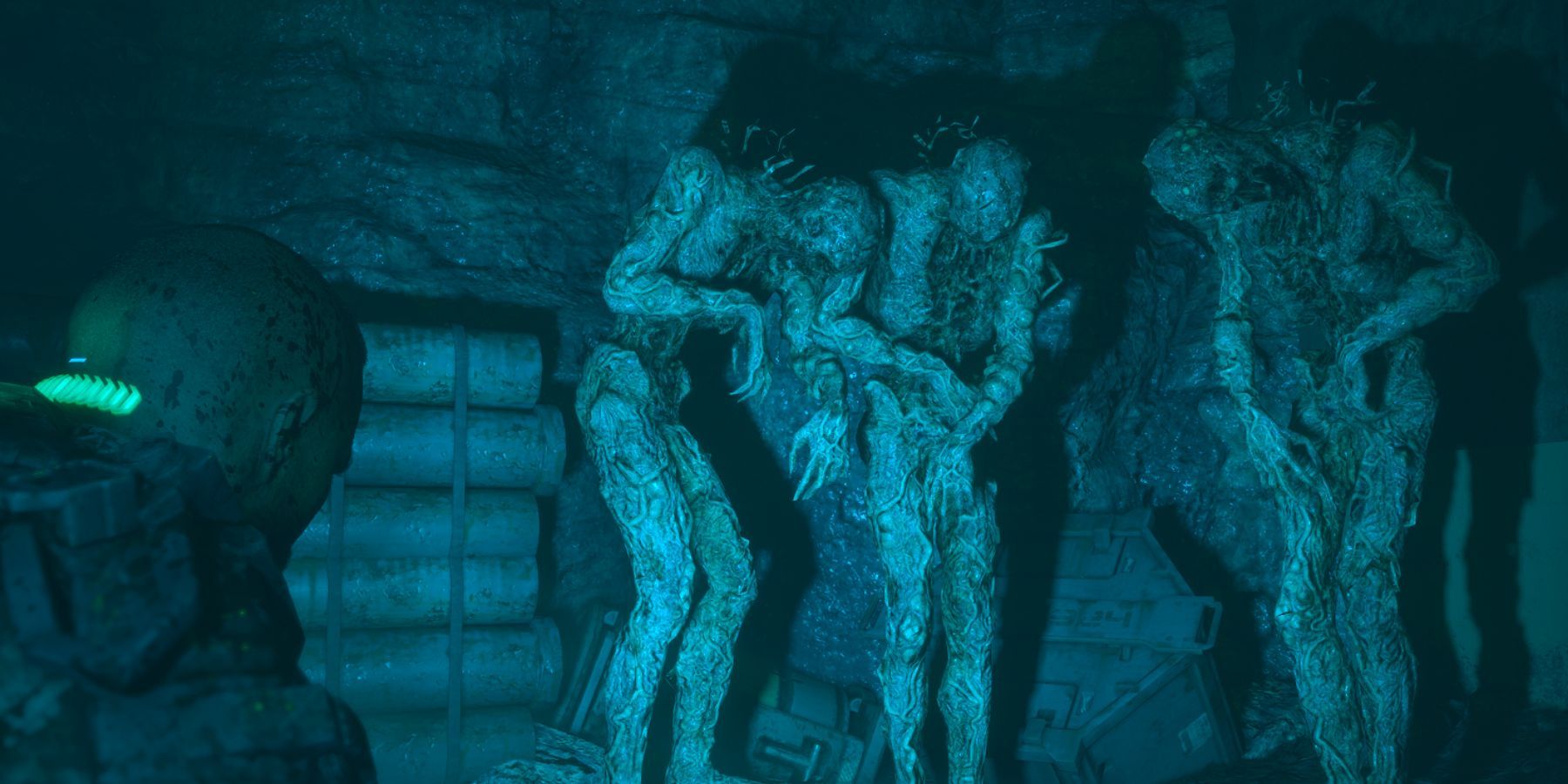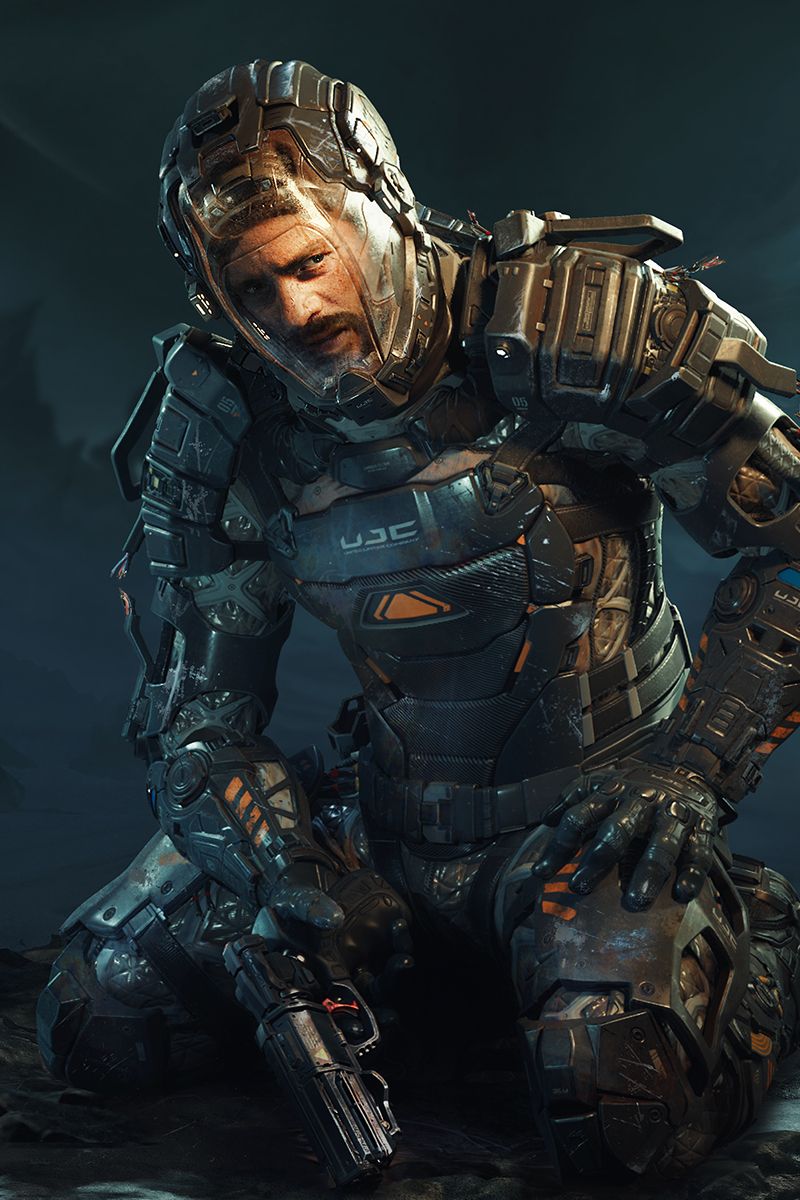Highlights
- The Callisto Protocol had potential with its unique settings and inspirations drawn from Resident Evil, but its core loop of unsatisfying melee combat arguably held it back.
- The game needs a new approach to its gameplay loop, with more engaging and dynamic combat, to stand out and avoid being a pale imitation of other survival-horror games.
- While not every game needs to meet the standards of iconic franchises like Resident Evil or Dead Space, The Callisto Protocol should strive to have its own individual identity and avoid being enslaved in the shadow of other titles.
Soulslikes have taken on a fun identity in gaming as they commonly share formulaic elements while also contributing to the subgenre with their own signature flairs; for example, Lies of P’s flair is its lying system in dialogue options, Lords of the Fallen’s flair is its dual realms, and Mortal Shell’s flair is its distinct Shell builds. There’s something in this pattern that other genres could strive toward, where games of similar ilks could stand to gain from a contemporary balance of familiarity and rarity, and that’s a lesson The Callisto Protocol desperately needs.
The Callisto Protocol was an underwhelming survival-horror game that arguably relied too much on Dead Space as a distant relative and emphasized unsatisfying melee combat exchanges as its core loop. It’s not like The Callisto Protocol’s Black Iron Prison and Eureka settings didn’t have potential, though with the seminal Glen Schofield now out of Striking Distance Studios it seems unlikely that the IP will be picked back up. If it did return, however, it might be smart to play it safe in a follow-up game while making some much-needed changes.
The Callisto Protocol Should Take a Soulslike Approach to Survival-Horror
The Callisto Protocol was Unabashedly Resident Evil-Inspired
Even though Dead Space was where The Callisto Protocol scraped together its GRP telekinesis and character-driven storytelling, Resident Evil always seemed to be the biggest inspirational takeaway with a smattering of Silent Hill here and there. Of course, Dead Space’s psychological-horror elements with Isaac’s hallucinations are also interchangeable here with how Jacob hallucinates, but The Callisto Protocol’s narrative revolving around a bioweapon plot is unmistakably Resident Evil in essence.
Now, that’s not to say that Resident Evil has cornered the market on pharmaceutical or biological horror necessarily, but if studios are going to attempt a similar overarching story it needs to avoid the same tropes if it wants to be unique. The Callisto Protocol might not have achieved that, but the fact that it had inspirations drawn from wells other than Dead Space was a welcome surprise.
Its problems then lay almost exclusively in how its melee encounters are structured around a restrictive boxing match with an enemy, where defending against multiple enemies or fleeing from such encounters was nearly impossible. If only The Callisto Protocol’s signature flair had been more engaging, it would likely have been received at least a bit better than it was.
The Callisto Protocol Needs a New Approach to Its Gameplay Loop
Not every Soulslike is preferable to another, and to be clear The Callisto Protocol isn’t anything like a Soulslike game. Still, it’s a shame that The Callisto Protocol’s IP has been readily dismissed in the survival-horror genre. Competing with almost all decades-old franchises, The Callisto Protocol was absolutely right to stretch its limbs as a brand-new IP in that space and thankfully absconded from its temporary PUBG connection before it was too late.
That said, a reason why The Callisto Protocol might not have been given room to breathe was because it didn’t do enough to express an individual identity apart from its inspirations. The equivalent of that would be a Soulslike imitator with hardly anything distinguishing it apart from a FromSoftware action-RPG and what it does do differently isn’t terribly fun or dynamic, meaning that what’s left is a pale imitation.
The Callisto Protocol’s story DLC debuted a new weapon, and while a singular weapon addition isn’t going to be what revives the IP, there are many ways that tweaking the melee combat could hopefully make it refreshing and robust while other elements maintain a survival-horror familiarity. Not every survival-horror game should need to meet the standards of Resident Evil, Silent Hill, or Dead Space, but it’d probably be easier to stand out from them if it wasn’t enslaved in their shadow.
Not every Resident Evil , Silent Hill , or Dead Space game is beloved. Rather, one or more installments were iconic and therefore cemented their IPs as pillars of survival-horror or psychological-horror games all the same.





